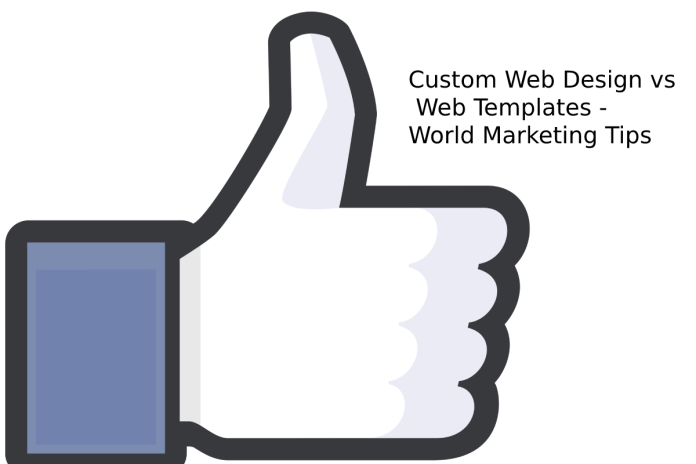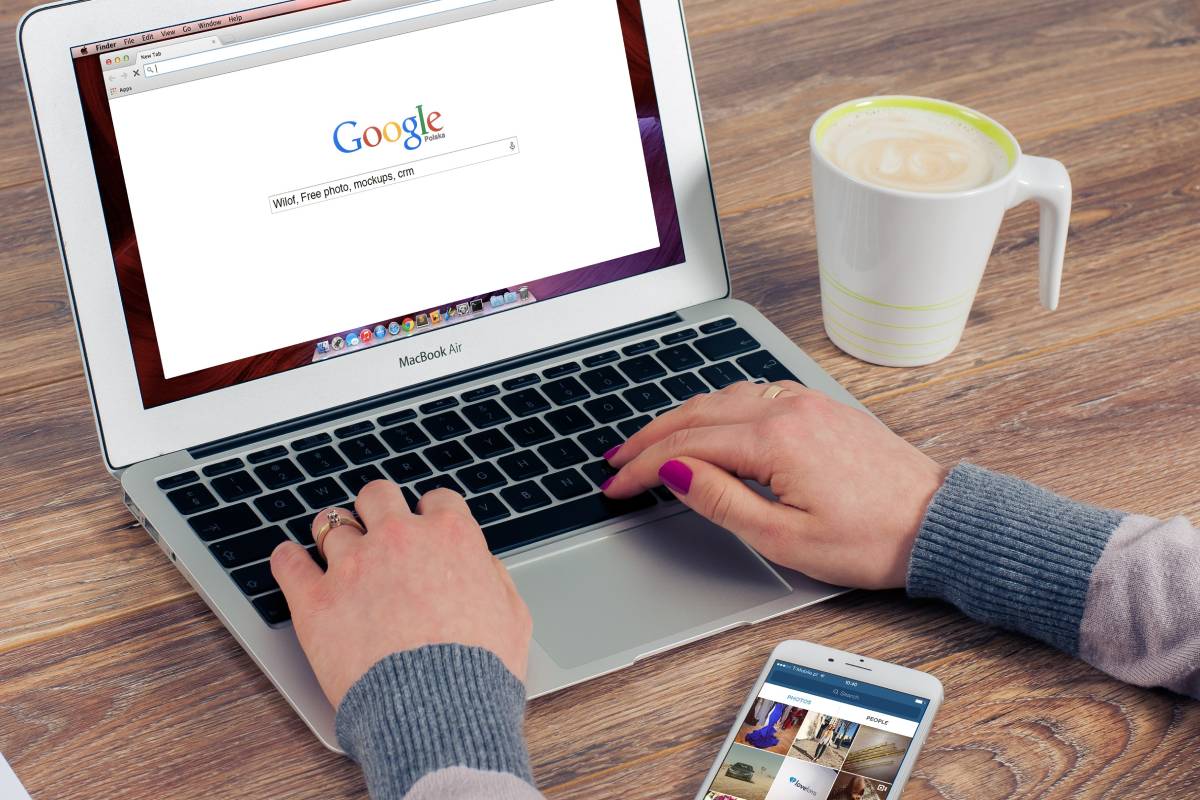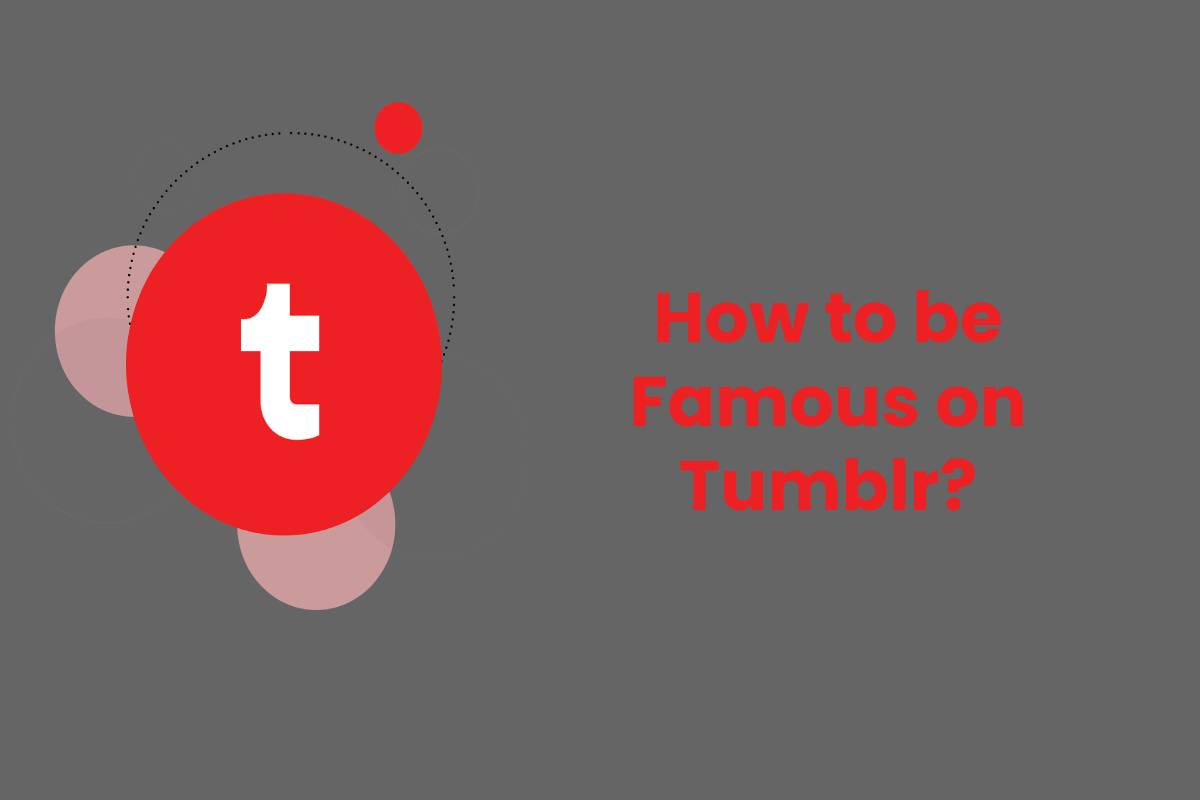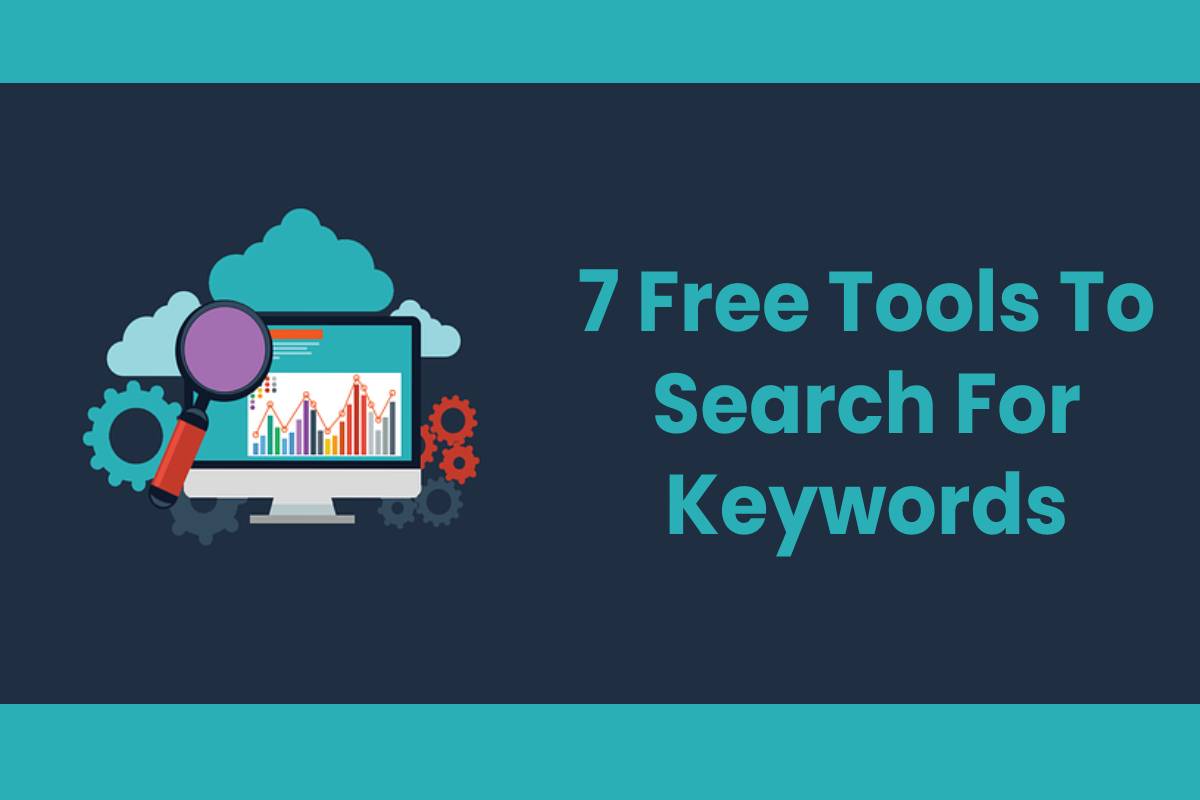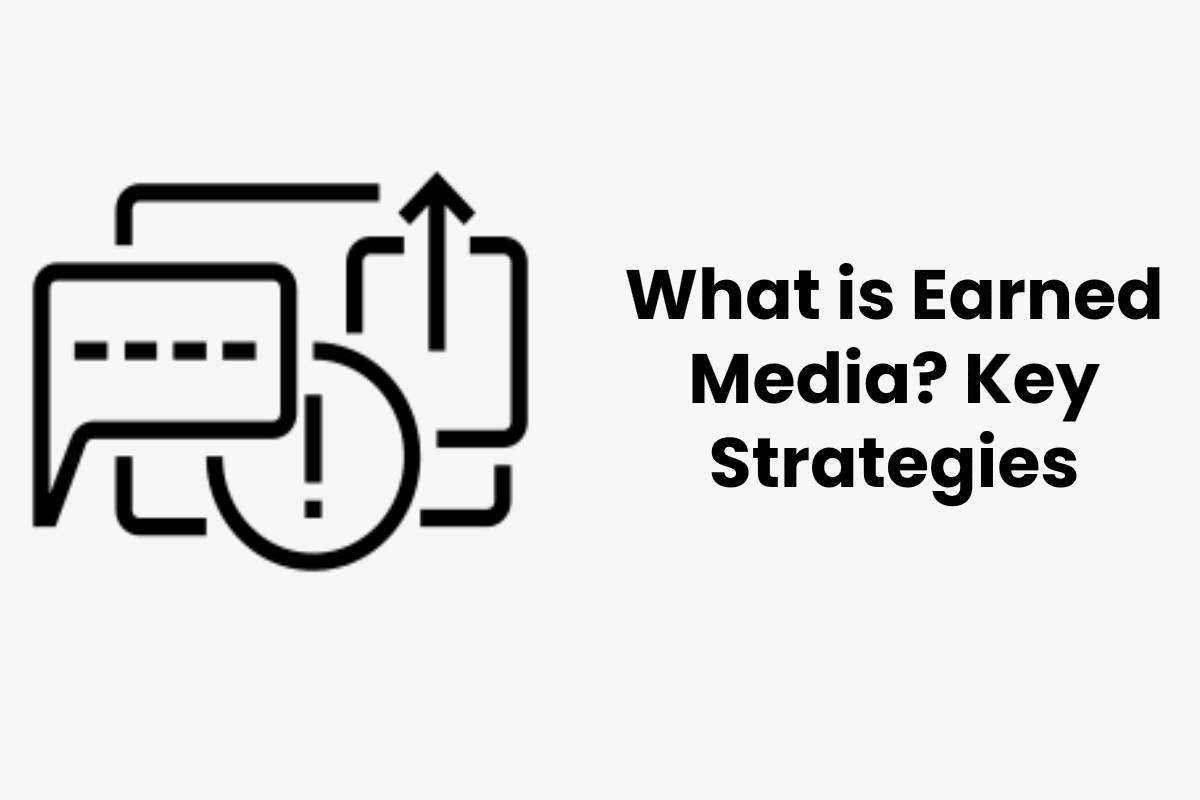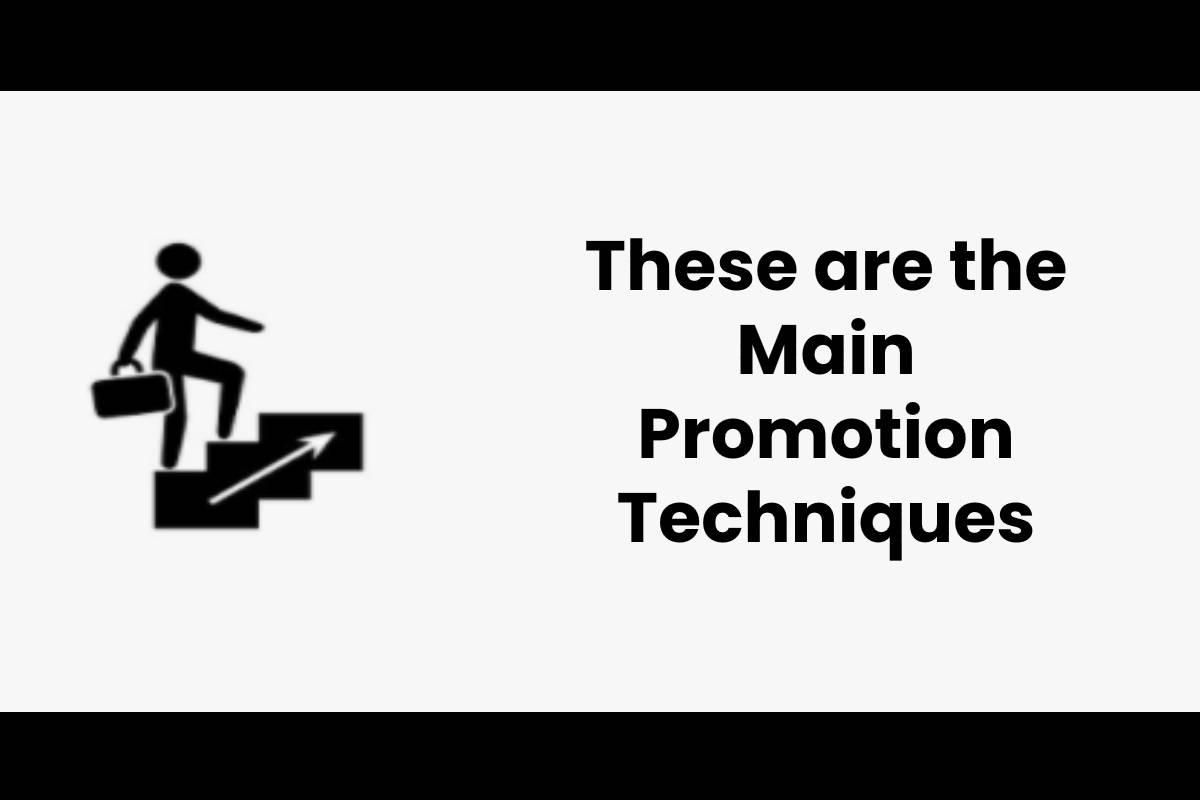Tools To Search For Keywords
Our website as a resource to attract potential clients is one of the best digital marketing strategies. Still, to accomplish it, essential factors such as design, development, and the type of information you want to share must remain taken into account.
Knowing the audience, you want to reach and adequately target your content SEO strategy to shape a page with an excellent online reputation. It is why keyword research plays a crucial role. If you don’t take the time to use quality keywords, you will hardly be able to see your site in the first search places.
Luckily, the network offers free keyword tools to define the most successful keywords according to your sector. The best of all is that although they are free, they provide great value results. These are seven of the most efficient alternatives.
Also read: What is Native Advertising? And Benefits of Native Advertising?
1. Google Adwords Keyword Planner
It is one of the favorite and most valuable search methods since its inception when we do keyword research. Without a doubt, it becomes the best ally for those who want to promote their website, although you can use it whenever you need to provide relevant content.
It will be enough to place the phrase of your preference in the search box. When searching, it will show you the category that covers your website and a list of related keywords that can be very useful to enhance your blog’s content. Perhaps not all the proposals are suited to what you are looking for, but their results are of high quality.
The most outstanding feature of the Google planner is that, in addition to being free, it shows concise results and works directly with the search source most appreciated by users. It will also give us information on the number of searches for each term to help us choose the most relevant keywords. Likewise, if you already have a defined list of keywords, you can enter it to refine it, knowing its search metrics.
2. Ubersuggest
Suppose you like the idea of using the Google planner to find profitable keywords. In that case, this tool will be the perfect complement to obtain highly effective results that will take your website to another level.
Ubersuggest provides you with new keywords that you have not been able to see through Google AdWords. The best way to use this tool is to run it after searching from the Google planner
What you must do is place the phrase you want in the tool and press the “suggest” button to display a reasonably extensive list that you can compare with the Google planner, and once you get all the results, you can evaluate what keywords are most suitable for your site.
The best object about this tool is that it presents organized alternatives that allow you to verify all the keywords without leaving aside those that can add value to your site.
3. Soovle
It is a free keyword search tool that works quickly and efficiently with the autocomplete method. With just one click, it provides you with a variety of keywords, among which you will probably find some ideal for your site.
Starting from various sources such as Google, Amazon, Youtube, Wikipedia, Yahoo, Bing, and more, you will find different keyword suggestions. You can put, for example, “digital marketing” press search and evaluate the various combinations of keywords that it presents.
A central aspect of this tool is that when you change the font, the suggestions provided by Soovle will be different from the previous search, so you will have a wide range of keywords to choose from without having to try too hard.
4. Wordtracker Scout
This free tool is highly efficient in helping you improve your search engine results by evaluating your competitors. You can visit their site, analyze the type of content they share, and their keywords to overcome it, but this process takes a long time.
With Wordtracker Scout, you will achieve it in a few minutes. It is a simple Chrome extension that you must install on your computer, then go to a web page, place the cursor on the content and click on the W button. A series will immediately remain displayed of keywords used to favor the page’s web positioning.
This search tool’s effectiveness is because it allows you to carefully analyze the keywords used in countless websites and obtain data from their content that will serve as a reference to help your blog match or exceed the search engines of your competitors.
5. Keywordtool.Io
Another free tool that helps find long-tail keywords and expand your website’s positioning opportunities is keywordtool.io. It also has a selector for you to indicate the language you prefer and thus obtain optimal results.
Blocks section the results that this tool produces to make a more specific evaluation of the keywords. It also works with Google’s autocomplete function to classify the phrases most searched for by users.
This tool’s added benefit is that it offers you phrases with good semantic sense using suffixes and prefixes and can identify plural, singular, or gender terms. Without a doubt, it will make it easier for you to determine the right keywords for your website.
6. Adword & Seo Keyword Permutation
When you launch a website, your keywords must be present in your content, but it is convenient not to abuse always writing the same word. It remains recommended to use variations or permutations, which is where this tool can be useful. You need to be clear about the purpose of your site and be creative.
To obtain exciting keywords, place a word in each of the three boxes presented to you. The words you add must be in tune with your page and the content you want to create. Then click on generate swaps and watch the stories come together, creating smart phrases.
Some of the essential advantages of this tool are that the more words you include in the boxes, the more phrases you will get. Sometimes the indicated terms may be meaningless, but you will indeed find some that adapt to what you are looking for in its extensive list of alternatives.
7. Google Correlate
Finally, although it is much more useful for English terms, mention this tool that not many know. Searching directly in the source is the best way to obtain efficient results. That is why Google surprises again with a device that few know, but that is excellent for finding competitive keywords.
Google Correlate’s essential ability is to identify which keywords remain often searched for together, so it’s great to do a substantial search for long-tail keywords.
Starting from this point, you can choose the main keyword and other secondary ones to put together a fair content calendar. Besides, you only need to enter the phrase you want to search, and the tool saves you all the work.
Conclusion
One of the uses of keyword tools is to find the basis for writing content. If you want to see how to write the perfect post with another great tool’s help, take a look at this article.
There is no single tool that does all the work for you. A good keyword study has to come from using a combination of different devices. Besides, they save you time and money in this fundamental process within digital marketing.
Also read: The Five Best Free Tools for Social Networks


